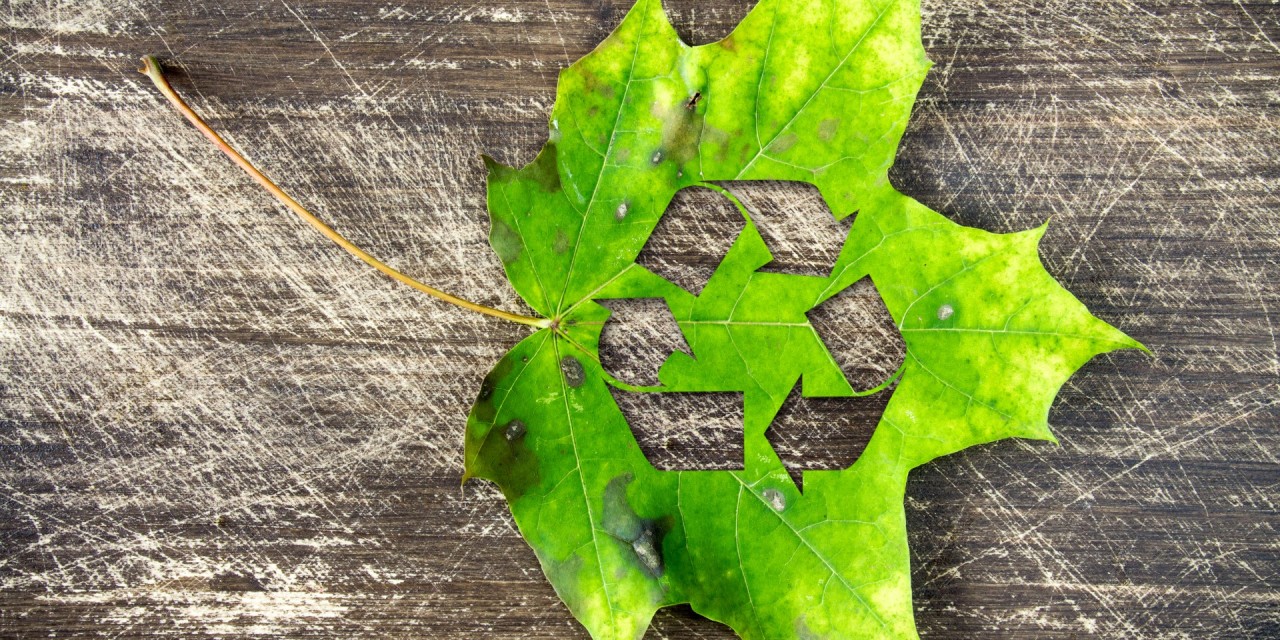Bioplastic: biobased or biodegradable plastic
Bioplastics are booming and they form a sustainable alternative to traditional plastics made of petroleum. Food packages, plastic bags and disposable tableware: more and more products are made of bioplastics. There are two different types of plastic that are both used under the heading bioplastic, namely biobased plastic and biodegradable plastic. Sounds almost equal but they are certainly not the same.
Biobased versus biodegradable
Biobased plastics are plastics that are made of plant biomass. Polylactic acid, cellophane and plastics based on starch are commonly used biobased plastics. The term biobased says something about the origin of the material of which the plastics are made, but this does not necessarily mean that the plastics are also biodegradable. Biobased plastic has many advantages. For example, the production of biobased plastics reduces the emission of greenhouse gases compared to traditional plastics, reduces the demand for fossil raw materials and is easily recyclable.
On the other hand, the biodegradable plastic consists of material that is completely degraded in an industrial composting plant within seven weeks. In such an installation, temperatures up to 65 degrees are used, causing bacteria to break down the material into natural raw materials in a relatively short time. However, this degradation process will take several years in nature. Biodegradable plastics should therefore be returned as organic waste and cannot be disposed of as litter in nature.
Misunderstandings
There are persistent misunderstandings about biobased and biodegradable plastics, and there is still a lot of uncertainty among consumers. A major misunderstanding is the processing and recycling of both types of plastics. Biobased plastics are made of the same polymers as the traditional fossil plastic and can therefore run smoothly in the current sorting and mechanical recycling process. This is in contrast to the biodegradable plastics which, when mixed with other plastics, have a negative influence on the quality of the recycled plastic.
Biodegradable plastics are characterized by the Seedling logo or the OK Compost logo. These logos cause lot of confusion. The logos indicate that the plastics meet the European standard that states that the material must be able to degraded by at least 95 percent within 12 weeks in an industrial composting plant. These logos, however, often create the expectation that the plastic is really compostable, while the breakdown of these substances in nature can take several years. The problem that animals die because they think the plastic is food is not taken away by using biodegradable plastic. Therefore, it is highly important that the consumer is well informed about the differences between both types of plastic and the way in which they have to deal with the plastic waste.

